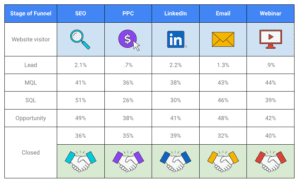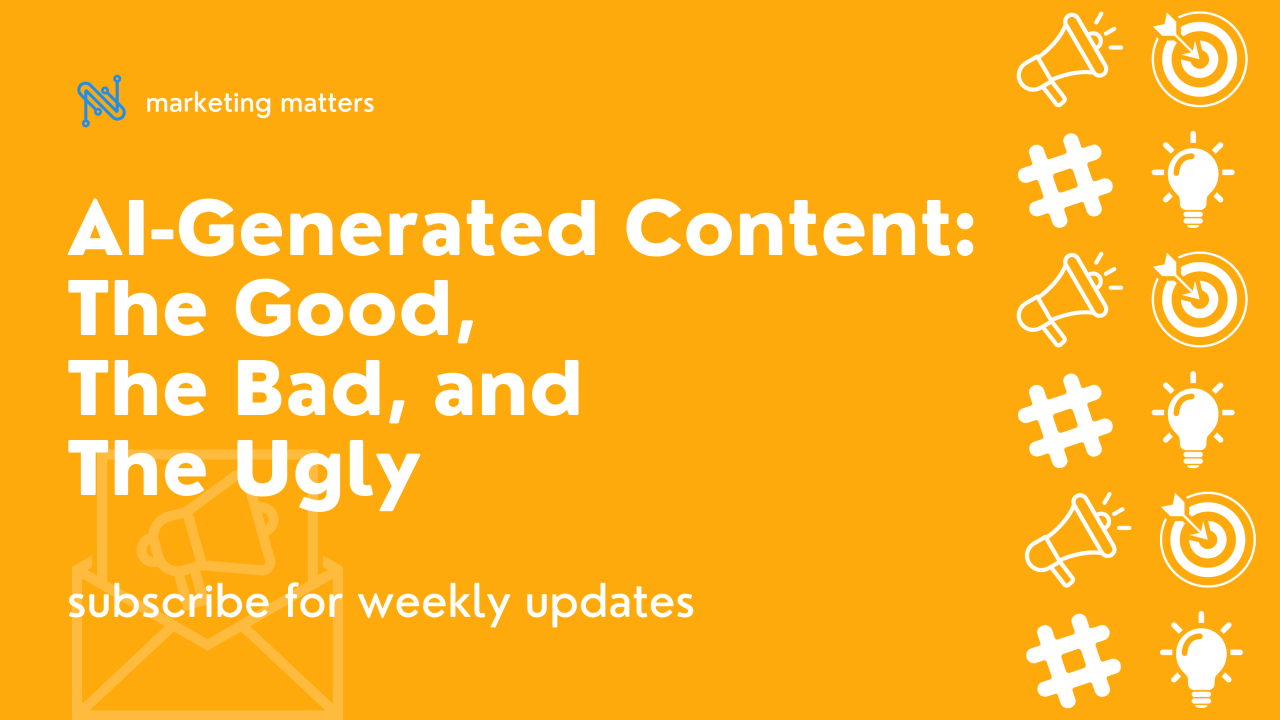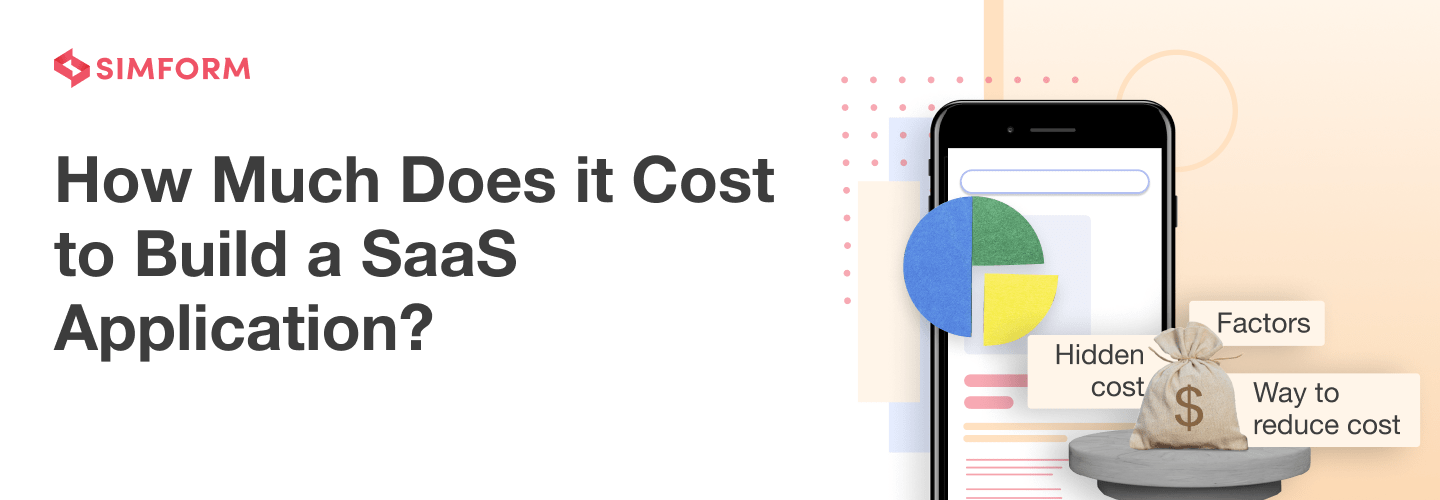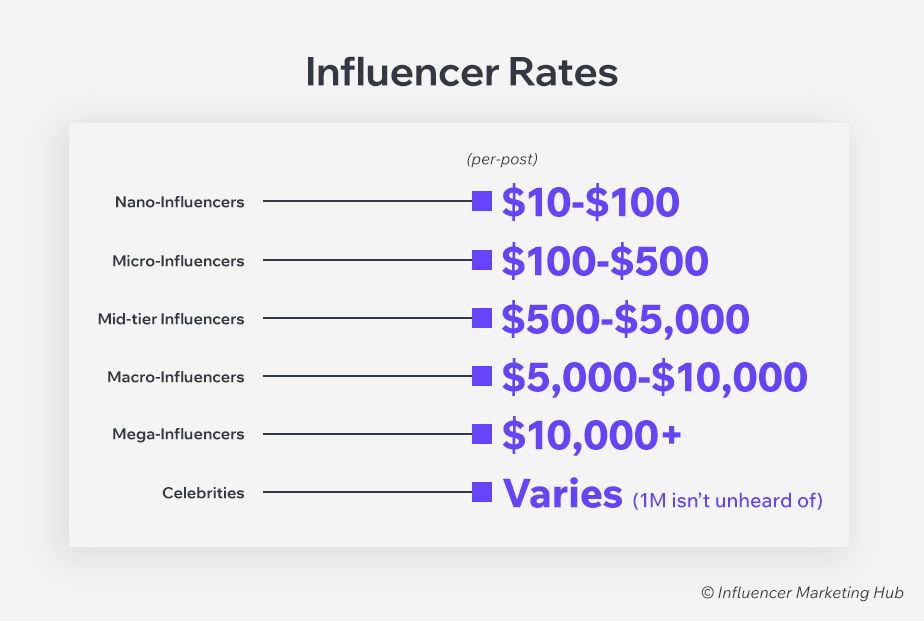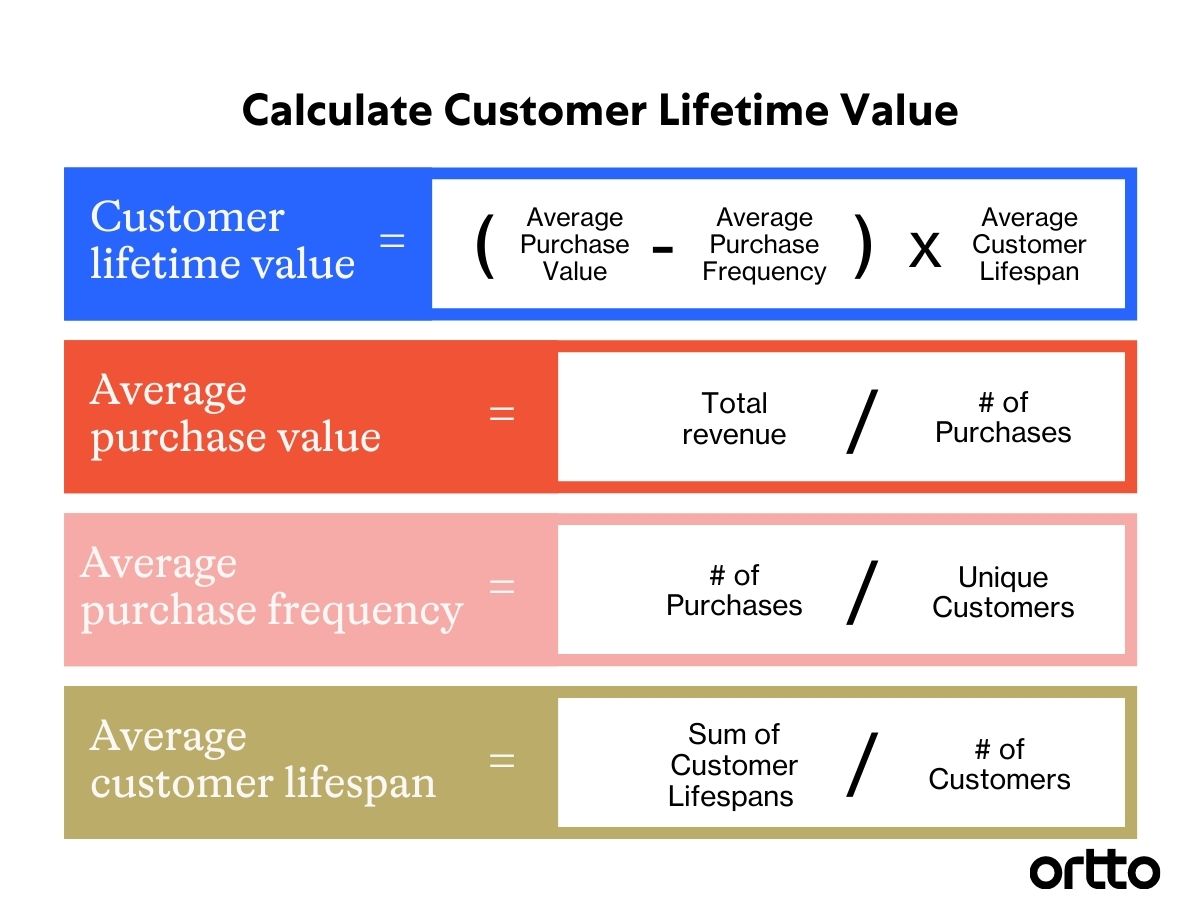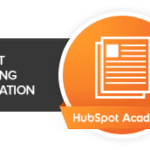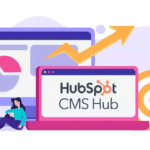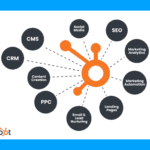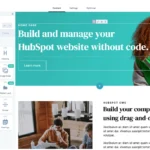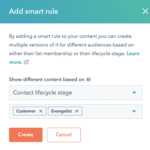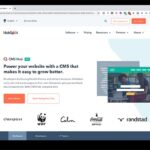B2B SaaS conversion rates typically range between 3% to 5%. Achieving rates above 8% is considered exceptional.
Understanding B2B SaaS conversion rate benchmarks is crucial for optimizing marketing strategies. Conversion rates indicate the percentage of visitors who take desired actions, such as signing up or making a purchase. Knowing industry standards helps businesses set realistic goals and measure performance effectively.
Factors influencing conversion rates include website design, user experience, pricing, and targeted messaging. Regular analysis and A/B testing can significantly improve these rates. Companies should focus on creating value-driven content and addressing customer pain points to enhance conversions. By aligning strategies with benchmark data, businesses can achieve sustainable growth and increased profitability in the competitive B2B SaaS market.
Introduction To B2b Saas Conversion Rates
Understanding B2B SaaS conversion rates is crucial for your business success. Conversion rates measure the percentage of visitors who take a desired action. This action could be signing up for a trial, making a purchase, or any other goal.
These metrics help you gauge the effectiveness of your marketing strategies. They also provide insights into customer behavior and preferences. Knowing your conversion rates can help you make better business decisions.
Importance Of Conversion Rates In Saas
Conversion rates are vital for your SaaS business. They indicate how well your website and marketing efforts are performing. High conversion rates mean more revenue and business growth.
Focusing on conversion rates can help you identify areas for improvement. You can optimize your website, refine your marketing strategies, and enhance user experience. This leads to better customer satisfaction and loyalty.
Tracking conversion rates also helps you allocate resources effectively. You can invest in strategies that yield the best results.
Differences Between B2b And B2c Saas Metrics
B2B and B2C SaaS metrics differ in several ways. B2B SaaS sales cycles are often longer and more complex. The decision-making process involves multiple stakeholders.
In B2B, the average deal size is larger, but the volume of transactions is lower. B2B metrics focus on lead quality and account-based marketing. Customer lifetime value (CLV) and churn rate are crucial metrics.
In contrast, B2C SaaS metrics emphasize high-volume transactions. The sales cycle is shorter, and the decision-making process is faster. Metrics like customer acquisition cost (CAC) and user engagement are essential for B2C.
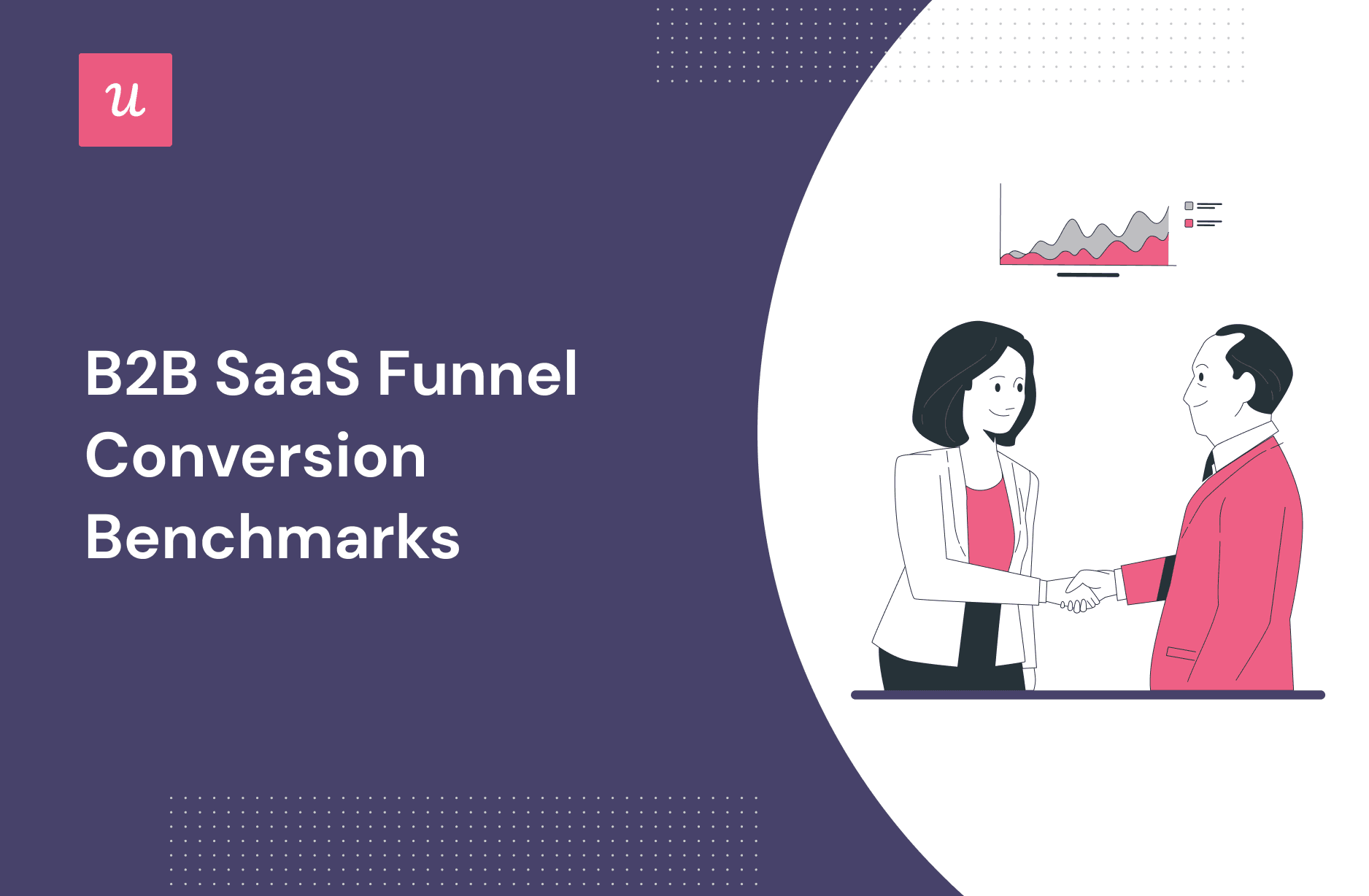
Credit: userpilot.com
Understanding Conversion Rate Metrics
Understanding conversion rate metrics is crucial for B2B SaaS companies. Conversion rates show how many users take a desired action. This action can be signing up, purchasing, or engaging. High conversion rates indicate a successful strategy. Low rates suggest room for improvement.
Types Of Conversion Metrics
There are various types of conversion metrics to track. Each metric offers unique insights.
- Lead Conversion Rate: The percentage of visitors who become leads.
- Customer Conversion Rate: The percentage of leads who become customers.
- Free Trial Conversion Rate: The percentage of trial users who convert to paying customers.
- Retention Rate: The percentage of customers who continue using the service over time.
Tracking And Analyzing Data
Tracking and analyzing data is vital for improving conversion rates. Use tools like Google Analytics, HubSpot, and Mixpanel.
Follow these steps:
- Set clear goals for each metric.
- Implement tracking codes on your website.
- Regularly review the data collected.
- Identify trends and patterns.
- Make data-driven decisions to optimize your strategy.
Here is a table to summarize the key metrics:
| Metric | Description |
|---|---|
| Lead Conversion Rate | The percentage of visitors who become leads. |
| Customer Conversion Rate | The percentage of leads who become customers. |
| Free Trial Conversion Rate | The percentage of trial users who convert to paying customers. |
| Retention Rate | The percentage of customers who continue using the service. |
Regularly track and analyze these metrics. This will help you understand the performance of your B2B SaaS business. Optimize based on insights to improve conversion rates.
Industry Benchmarks For B2b Saas
The B2B SaaS industry is growing rapidly. Businesses need to understand conversion rate benchmarks. Knowing these benchmarks helps in setting realistic goals.
Current Average Conversion Rates
Conversion rates vary across industries. For B2B SaaS, the average conversion rate is around 7%. This means, out of 100 visitors, 7 will convert into customers.
| Industry | Average Conversion Rate |
|---|---|
| Software | 7% |
| Technology | 5% |
| Consulting | 4% |
These numbers provide a baseline. Businesses can compare their performance against these benchmarks.
Variations Across Saas Segments
Conversion rates differ across SaaS segments. Let's look at some examples:
- Freemium Models: These often have higher conversion rates. Users try the product before buying.
- Enterprise Solutions: Typically, lower conversion rates. These products have a longer sales cycle.
- Vertical SaaS: These cater to specific industries. They often have better conversion rates due to specialized features.
Understanding these variations helps in strategizing better. Each segment requires a unique approach for improvement.

Credit: growfusely.com
Factors Influencing Conversion Rates
Understanding conversion rates is crucial for B2B SaaS companies. Various factors influence these rates. Knowing these factors can help improve your conversion metrics. Let's explore some key factors.
Product Complexity
Complex products can confuse potential customers. A simple product is easier to understand and use. This simplicity leads to higher conversion rates. Break down complex products into easy steps. Provide clear and concise instructions.
- Simple onboarding process
- Clear product features
- Easy-to-use interface
Sales Cycle Length
The length of your sales cycle can impact conversion rates. A shorter sales cycle often results in higher conversions. Long sales cycles can lose customer interest. Keep your sales cycle as short as possible. Use automated tools to speed up the process.
| Sales Cycle Length | Impact on Conversion |
|---|---|
| Short | High Conversion |
| Medium | Moderate Conversion |
| Long | Low Conversion |
Pricing Strategies
Pricing can make or break your conversion rates. Transparent and competitive pricing attracts more customers. Offer various pricing tiers to cater to different needs. Consider a freemium model to engage new users. Monitor and adjust your pricing strategy regularly.
- Transparent Pricing
- Competitive Rates
- Freemium Model
Evaluate these strategies to optimize your conversion rates. Successful B2B SaaS companies understand these factors. Implementing these can lead to better conversions and higher revenue.
Improving Conversion Rates
Improving conversion rates is crucial for any B2B SaaS business. Higher conversion rates mean more customers and increased revenue. Here are effective ways to boost your conversion rates.
Optimizing The Sales Funnel
The sales funnel is the journey your customer takes. Optimizing it can greatly improve conversion rates.
- Awareness Stage: Use content marketing to attract potential customers.
- Consideration Stage: Offer free trials or demos to showcase value.
- Decision Stage: Provide case studies and testimonials to build trust.
Ensure each stage is clear and provides value to the customer.
Leveraging Customer Feedback
Customer feedback is a goldmine for improving conversion rates. Use surveys, interviews, and reviews to gather insights.
- Identify common pain points and issues.
- Implement changes based on feedback.
- Monitor results and adjust strategies accordingly.
Happy customers are more likely to convert and stay loyal.
A/b Testing For Better Results
A/B testing allows you to compare two versions of a webpage or app. This helps you understand what works best for your audience.
| Element | Possible Test Variations |
|---|---|
| Headlines | Different wording, length, and style |
| Call-to-Action (CTA) | Button color, text, placement |
| Form Fields | Number of fields, layout, type |
Test one element at a time for accurate results. Use the data to make informed decisions.

Credit: firstpagesage.com
Case Studies: Success Stories
Understanding what makes a B2B SaaS company successful can offer valuable insights. Case studies of high-performing companies reveal proven strategies. These stories serve as benchmarks for improving conversion rates.
Companies With High Conversion Rates
Several B2B SaaS companies have achieved remarkable conversion rates. Here are a few notable examples:
| Company | Conversion Rate |
|---|---|
| Company A | 12% |
| Company B | 15% |
| Company C | 18% |
Strategies Implemented
These companies have implemented various strategies to boost their conversion rates. Here are some key tactics:
- Personalized Email Campaigns: Tailored messages for different customer segments.
- Free Trials: Offering a trial period to experience the product.
- Live Demos: Providing live demonstrations to showcase features.
- Customer Testimonials: Leveraging positive feedback to build trust.
- User-Friendly Website: Ensuring a seamless user experience on the website.
These strategies have been pivotal in driving high conversion rates. Personalization and user experience are particularly crucial. Companies that focus on these areas often see significant improvements.
Challenges In Achieving Benchmark Conversion Rates
Reaching benchmark conversion rates in B2B SaaS can be tough. Businesses face various challenges on this journey. Understanding these obstacles helps in crafting effective strategies.
Common Obstacles
Several common obstacles hinder achieving benchmark conversion rates:
- Complex Sales Cycles: B2B SaaS products often have long sales cycles. This complexity can delay conversions.
- Target Audience: Identifying the right audience is crucial. A mismatch can reduce conversion rates.
- Content Quality: Poor content does not engage potential customers. High-quality, relevant content is essential.
- User Experience: A complicated user interface can frustrate users. A seamless experience encourages conversions.
- Pricing Strategy: Incorrect pricing can deter potential clients. Competitive pricing is key.
Overcoming Conversion Plateaus
Many B2B SaaS businesses hit conversion plateaus. Overcoming these plateaus requires strategic efforts:
- Analyze Data: Regularly review analytics. Identify patterns and areas needing improvement.
- Optimize Landing Pages: Ensure landing pages are clear and compelling. Use A/B testing to find the best versions.
- Personalize Outreach: Tailor communication to individual prospects. Personalization can significantly boost engagement.
- Enhance User Experience: Simplify navigation and reduce friction. Make the user journey intuitive.
- Review Pricing Models: Consider flexible pricing options. Ensure your pricing aligns with market expectations.
Addressing these challenges can significantly improve your B2B SaaS conversion rates.
The Future Of B2b Saas Conversion Rates
The B2B SaaS market is evolving rapidly. Understanding future trends is vital. Conversion rates are a key metric for success. Knowing what lies ahead can help businesses stay competitive.
Predicted Trends
The future of B2B SaaS conversion rates looks promising. Several trends are expected to shape the landscape:
- Personalization: Tailoring content to individual users increases engagement.
- Mobile Optimization: More users access SaaS via mobile devices.
- Subscription Models: Flexible pricing models attract more customers.
Personalized experiences will drive higher conversion rates. Mobile optimization will be crucial for user engagement. Subscription models will offer more value and flexibility.
Role Of Ai And Automation
AI and automation are revolutionizing B2B SaaS conversion rates. They offer numerous benefits:
- Enhanced User Experience: AI can provide personalized recommendations.
- Streamlined Processes: Automation reduces manual tasks, saving time.
- Data-Driven Insights: AI analyzes large datasets for better decision-making.
AI-driven personalization improves user satisfaction. Automation streamlines workflows, boosting efficiency. Data-driven insights help optimize strategies. Together, AI and automation enhance conversion rates.
Businesses must adapt to these trends. Embracing AI and automation is essential. Future success depends on staying ahead of the curve.
Leveraging Benchmarks For Growth
Understanding B2B SaaS conversion rate benchmarks is crucial for growth. These benchmarks help businesses set realistic goals and improve continuously. Leveraging these benchmarks can lead to actionable insights and greater success.
Setting Realistic Goals
Setting realistic goals starts with knowing industry benchmarks. These benchmarks give a clear picture of what success looks like. For B2B SaaS, average conversion rates are between 3% and 5%. Aim for a conversion rate in this range as a starting point.
Here is a table summarizing typical conversion rate benchmarks for B2B SaaS:
| Benchmark | Conversion Rate |
|---|---|
| Low | 1% |
| Average | 3% – 5% |
| High | 10%+ |
Setting goals within these benchmarks ensures your targets are achievable. Realistic goals motivate teams and drive better performance.
Continuous Improvement And Learning
Continuous improvement involves regular analysis and optimization. Track your conversion rates monthly. Identify what works and what doesn't. Use A/B testing to find the best approaches.
Learning from industry leaders also helps. Join B2B SaaS communities and forums. Share insights and learn from others' experiences. This keeps you updated on new trends and practices.
Here are steps for continuous improvement:
- Track conversion rates monthly.
- Conduct A/B tests regularly.
- Join industry communities.
- Implement best practices from leaders.
By focusing on continuous improvement and learning, you can achieve and surpass your goals.
Frequently Asked Questions
What Is A Good Conversion Rate For B2b Saas?
A good conversion rate for B2B SaaS typically ranges from 3% to 5%. Rates can vary by industry and target audience.
What Is A Good Win Rate In B2b Saas?
A good win rate in B2B SaaS typically ranges from 20% to 30%. Top-performing companies can achieve 40% or higher. Aim for continuous improvement.
What Is The Close Rate For B2b Saas Sales?
The close rate for B2B SaaS sales typically ranges from 20% to 30%. This can vary by industry and product.
What Is The Average Bounce Rate For B2b Saas?
The average bounce rate for B2B SaaS websites typically ranges between 45% and 65%. Aim for lower rates through engaging content.
Conclusion
Achieving optimal B2B SaaS conversion rates requires continuous analysis and improvement. Utilize benchmarks to measure performance effectively. Focus on user experience, personalization, and value proposition. Consistently refine strategies to stay ahead. With dedication, your conversion rates will improve, leading to greater business success.
Implement these insights to boost your B2B SaaS growth.
